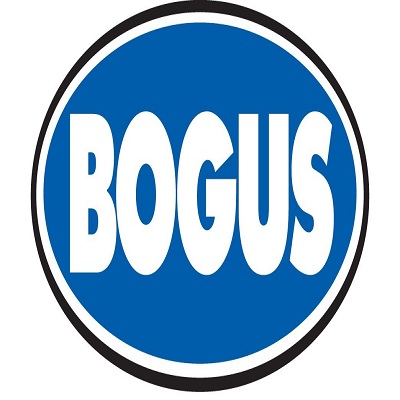Ceremony Held To Inaugurate Poma's Mokpo Marine Cablecar Tourist Gondola Lift

An impressive ceremony was held to inaugurate the Mokpo Marine Cablecar tourist gondola lift, a great opportunity to take a closer look at POMA and the Korean market.
South Korea, with more than 50 million inhabitants, is a powerhouse of Asia's economy. POMA and South Korea's story began almost 40 years ago, when the first ropeways were installed to accompany the development of the ski resorts. The first POMA surface lift was installed in Yongpyong, not only the first but also the largest ski resort in South Korea, created in 1975. Since then, more than 60 POMA lifts have been set up in the Korean ski areas.
This market is now relatively stable, after the 2018 PyeongChang Winter Olympics, which contributed significantly to the structuring of the mountain landscape. Later, the market reached a turning point in tourism with projects popping up along the Yellow Sea, the Sea of Japan to the east and the Korea Strait in the south, which surrounds 90% of the country. The many cities and metropolises compete with imagination to attract tourists to these beautiful, very rugged coasts, scattered with many islands and popular beaches.
A FAST-GROWING TOURIST GONDOLA LIFT MARKET
With the creation of the Yeosu gondola lift in 2014 that connects to the island of Doslando, which has since become the city's emblematic attraction, South Korea is continuing to develop its tourist transport services leveraging POMA's expertise. Four tourist lifts have been inaugurated over the past five years, reflecting a rapidly growing market, with numerous projects underway for 2021, including in Uljin, Geoje, Jebudo and Ganghwa.
This growth is driven by the commercial success of the Yeosu gondola and by Korean investors who wish to innovate by offering a new experience as part of their tourist attractions: reach an island or offer a spectacular view of a bay. This is the case with the Mokpo gondola lift, which was inaugurated on 6 September 2019. With its 150-metre tower, it offers its passengers the highest journey through the air over South Korea (almost 150 m above the bay).
South Korea, and tourism transport, is an important market for POMA; we set up an office in Seoul in 2018 to be in close proximity to our customers, to all the Korean facilities and construction sites, and more broadly in South Asia, where POMA is currently building several new lifts, including the dazzling Mokpo City gondola lift.
MOKPO'S RECORD-BREAKING GONDOLA LIFT
The tourist project inaugurated on 6 September connects the city of Mokpo to the island of Gohado. The link is more than 3 km long and passes through the famous Yudalsan Sculpture Park, where you will find Gatbawi Rock, a site popular with Koreans and international tourists alike. The trip, aboard one of the 55 glass gondolas, is accessible to people with reduced mobility to offer all travellers an unrestricted view of the city, the archipelago and the ocean at an unprecedented and impressive height of almost 150 m at its highest peak, from the highest cement tower ever made in the world.
Another record held by the Mokpo gondola lift: its gondolas fly over the ocean for 1.2 km, making it the longest rope span between two towers in the world for a single-rope device!
"It was impossible to put the towers in the sea, so as not to interfere with shipping traffic. Starting from this major technical constraint, the POMA teams came up with a never-before-seen solution. As a result, with the Mokpo gondola lift POMA has signed its largest span and the tallest tower ever made for a single-rope device!", Igor Iundt, Project System Engineer
The middle station has an angle of 68°. It allows the gondola lift, once the stretch of water has been crossed, to reach the city of Mokpo by flying over Dalseong Park, the 12 monumental sculptures of Yudalsan, the sanctuaries and the numerous hiking paths on this mountain, while preserving this unique site.
TECHNICAL DATA
- Length: 3341 m
- Ascent: 220 m
- Number of stations: 4
- Speed: 5 m/s
- Capacity: 1200 pphpd
- Number of carriers: 55
- Number of people per carrier: 10














